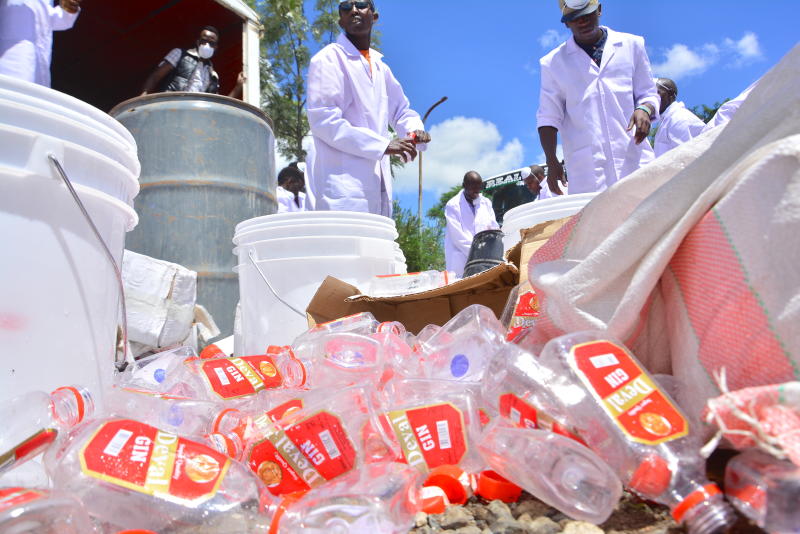×
The Standard e-Paper
Home To Bold Columnists

The recent landmark study declaring any amount of alcohol bad for health missed out on Kenya’s most notorious drinkers.
The study covering 26 years in 195 countries classified Kenya among nations with the lowest alcohol consumption in the world.